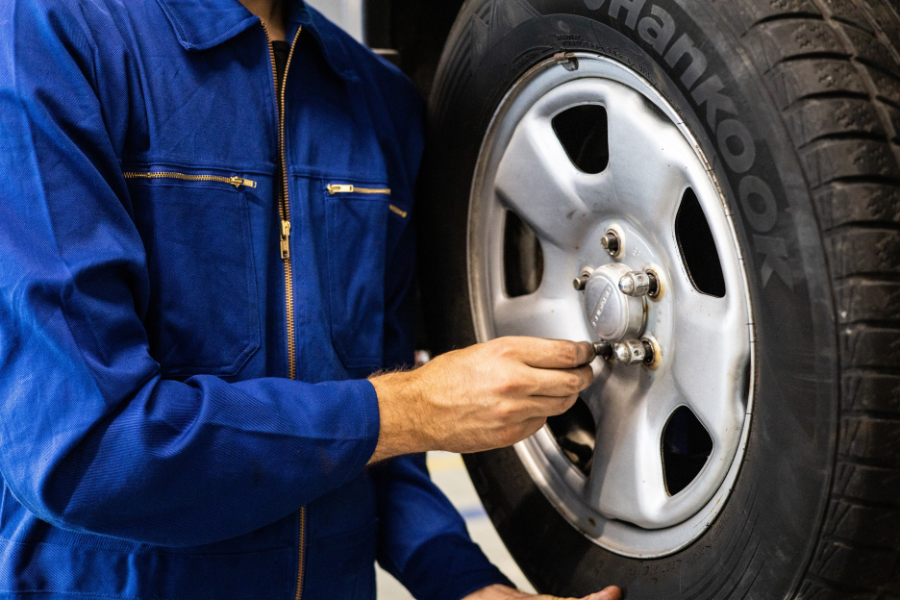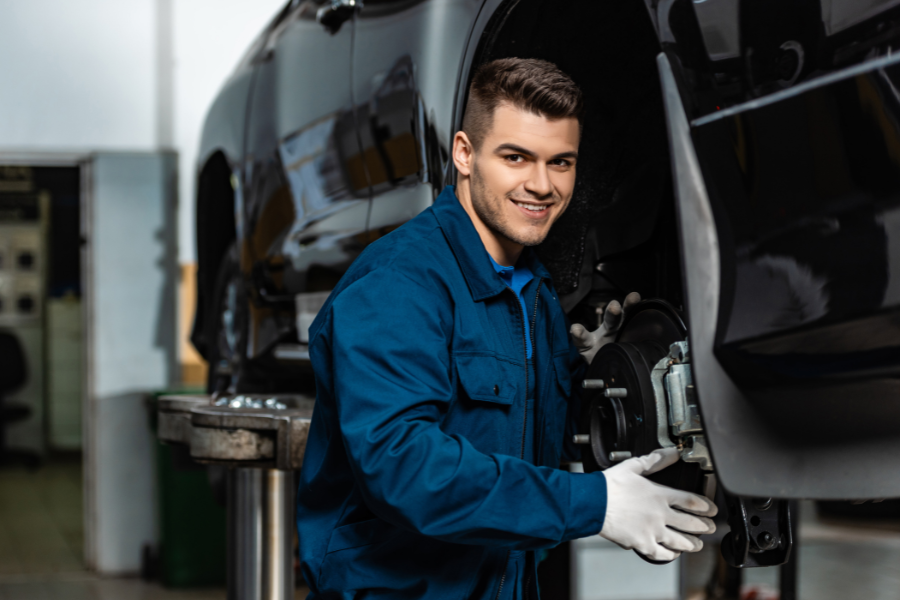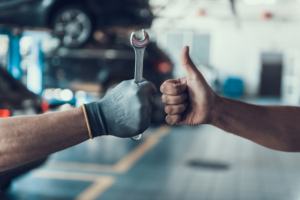Many people wonder if they need to have their tyres rotated, how often they need to do it and why it’s an important part of maintaining their vehicle. The short answer is you should have your car’s tyres rotated at regular intervals if you want to extend their lifespan and ensure that you are safe when you’re out on the road. Keep reading to find out more about tyre rotation.
What is tyre rotation?
Tyre rotation means that the position of the tyres around your vehicle is changed. When the tyres are swapped around on your vehicle, they can achieve even wear. Remember that each tyre carries a different amount of weight, which means they wear at different rates. For example, if you frequently carry a heavy load at the back of your car, your back tyres will undergo more wear than your front tyres. Rotating your tyres preserves the balanced handling and traction of your tyres.
Can I rotate my own tyres?
The engine and transmission layout of your car determines the pattern to follow for tyre rotation. A four-wheel drive will have a different pattern when compared to a front-wheel or back-wheel drive, for example. Although you can learn to rotate your own tyres, it will be more convenient and give you more peace of mind if you bring your car in to a TAMMS Repair Centre and let one of our professionals do it for you.

How often should I rotate my tyres?
Your tyres should be rotated regularly, generally every 10,000 kilometres or each time you take your car in for its routine service. But keep in mind that every vehicle is different, and you should check your owner’s manual for more information on how frequently you need to be rotating your tyres.
Your tyres can wear unevenly or become misaligned if you drive on unsealed roads or off-road, experience road damage, or suffer a hard impact while driving. All these factors will affect the amount of time between your tyre rotations. If you notice an uneven tread pattern on your tyres, you should arrange to take your vehicle in for a tyre rotation, even if it’s before the 10,000-kilometre mark.
At TAMMS Repair Centres, our experts can rotate your tyres as well as fit, balance and align new ones in our state-of-the-art facilities.
What happens if I don’t rotate my tyres?
By choosing not to have your tyres rotated, you’re shortening their lifespan. Not only this, but the uneven tread could lead to performance and reliability issues in the long run. It’s not uncommon to see steering issues with cars that haven’t had their tyres rotated and balanced.
Not rotating your tyres could also be dangerous for you and other drivers on the road. There’s a higher risk of tyre failure, and because your tyres have a reduced grip on the road, there’s more chance of skidding – especially when driving in wet conditions.
There’s also a cost factor since incorrect wheel alignment can lead to increased fuel consumption. Plus, a shorter lifespan on your tyres means more regular replacement of them, which will work out to be costly.

Do I need to have my tyres balanced when they’ve been rotated?
When your tyres have been rotated, it’s important to make sure they have been properly fitted and balanced, so you get the best wear patterns for your tyre tread. Incorrect fitting and balancing mean you’ll experience pulling and poor handling, making your vehicle unsafe to drive on the road.
Your tyre pressure will also need to be adjusted to complement their new positions on the vehicle. This helps improve driver handling and optimises your fuel consumption.
To ensure your tyres are being regularly and properly rotated, balanced and fitted, get in touch with our team to arrange a time for a tyre rotation and balance.






